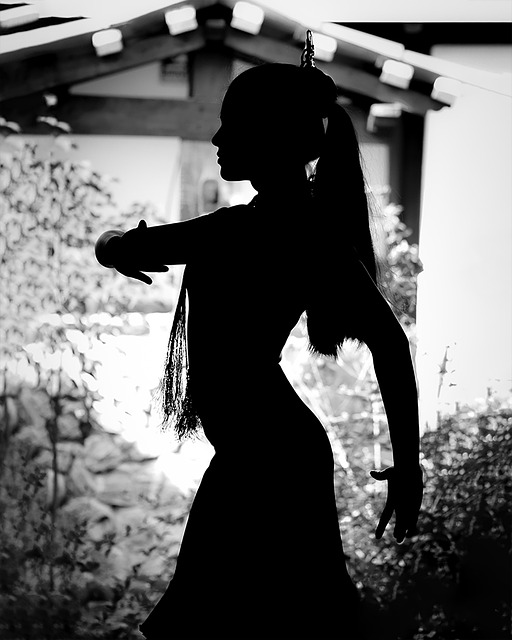There are legends. And then there are forces of nature.
Carmen Amaya was the latter.
They called her La Capitana, the captain. But she didn’t lead—she commanded.
She didn’t just dance. She unleashed.
Born into a Romani family in the slums of Barcelona in 1918, Carmen Amaya wasn’t interested in rules. Not of flamenco, not of society, not of anything.
Watch old footage of her, and it’s like watching an earthquake in human form. That footwork—relentless, furious, impossible. The intensity in her gaze, the sheer audacity of her movement. She didn’t just have duende, the spirit of flamenco. She was duende.
Flamenco had always been about passion. Carmen turned it into something untamed.
Back then, female flamenco dancers were expected to be graceful, delicate, restrained. Carmen laughed at that idea. She danced with the force of a storm, her footwork as powerful as any male dancer’s—no, stronger. She didn’t just challenge the norms; she crushed them. Flamenco wasn’t about being a man or a woman. Flamenco was about fire. And Carmen Amaya burned brighter than anyone.
Carmen’s story started on the streets of Barcelona. She danced as a child, not because it was cute, but because her family needed to eat. Her father, a guitarist, played while she stamped out rhythms in taverns and on street corners. She was a kid, but already, people could see she was something else.
By the time she was a teenager, she was performing in theatres, electrifying crowds with her raw energy and sheer magnetism. But Barcelona was too small for Carmen. The world was waiting.
She toured across continents. Danced for Franklin D. Roosevelt at the White House. Left Juan Perón in awe in Argentina. Performed on the grandest stages, starred in films, brought flamenco to audiences who had never seen anything like her. Wherever she went, people weren’t just impressed. They were shaken.
It wasn’t just her talent that set her apart. It was her soul. She danced like she was channelling something ancient, something wild. Her movements were unpredictable yet razor-sharp. Watching her felt like standing in the eye of a storm—breathtaking, terrifying, exhilarating.
But even hurricanes don’t last forever.
Carmen Amaya’s life wasn’t easy. Born into poverty. A Romani woman in a world that didn’t make space for her. Constantly battling the limitations society placed on her. And then, later, battling her own body.
But she never stopped. She danced until the very end, leaving everything she had on every stage she touched.
She died in 1963, just 46 years old. Too soon. But legends don’t vanish.
She changed flamenco forever. She showed women they could dance with power, with rage, with defiance. She proved that flamenco wasn’t just about technique—it was about something deeper. It was a primal scream, a declaration, a way of saying: I exist. And you will feel me.
For me, Carmen Amaya isn’t just a name in flamenco history.
She’s a reminder that flamenco isn’t polite. It isn’t about fitting into a box. It’s about tearing that box apart. It’s about taking everything inside you—joy, pain, fury—and setting it on fire.
If you’ve never seen her dance, do yourself a favour. Look her up. Watch her feet blur into a storm of rhythm. Watch her arms slice through the air like knives. Watch her body transform into pure energy.
Flamenco is about feeling. And no one made you feel it like Carmen Amaya.
She was a hurricane. And flamenco will never see another like her.



